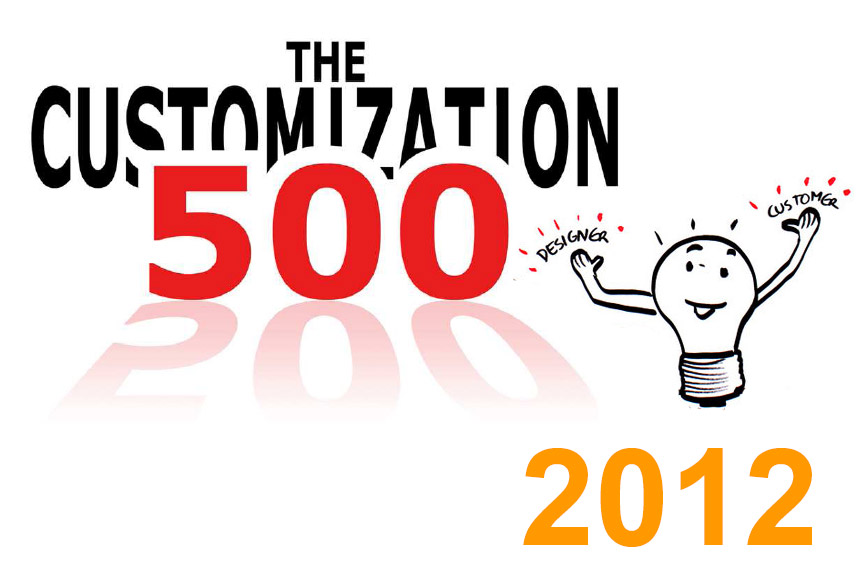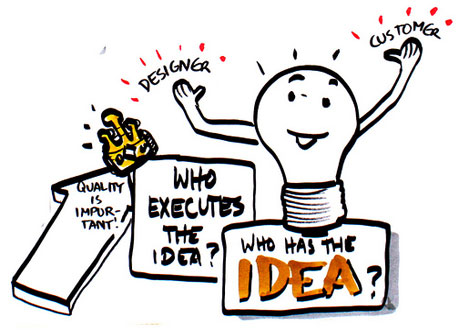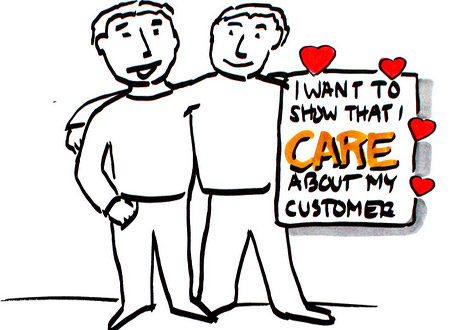The Product of The Future
What will the product of the future be like – and how will it be different than today’s products? Generally, all products will become part virtual, part physical. They will be connected, reconfigurable and – hopefully – smart. Also, the business model for their manufacturers will be dramatically different.












